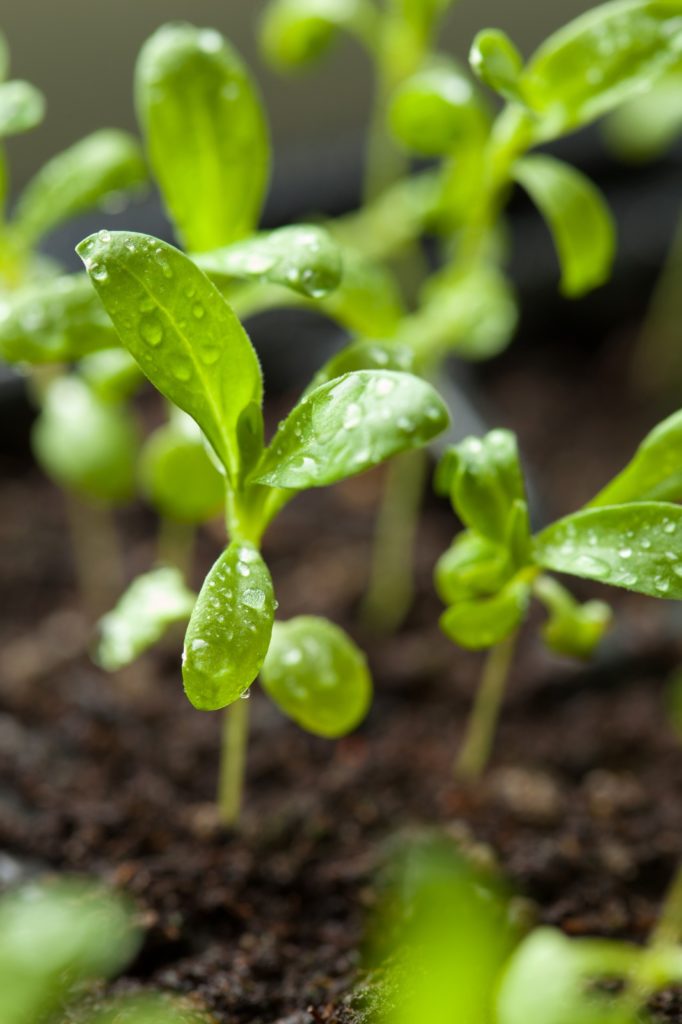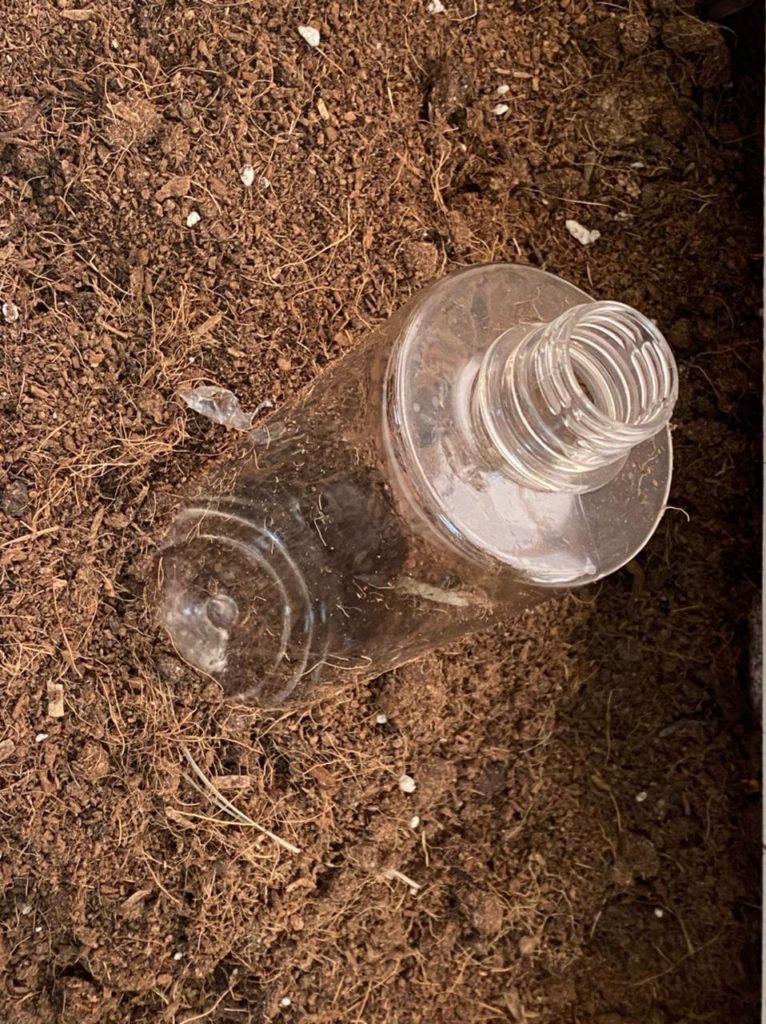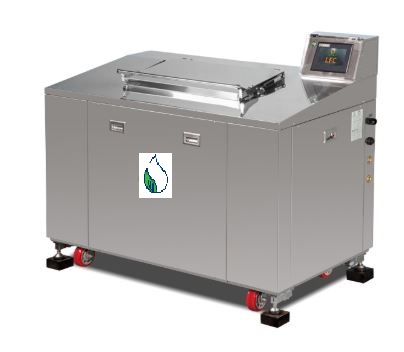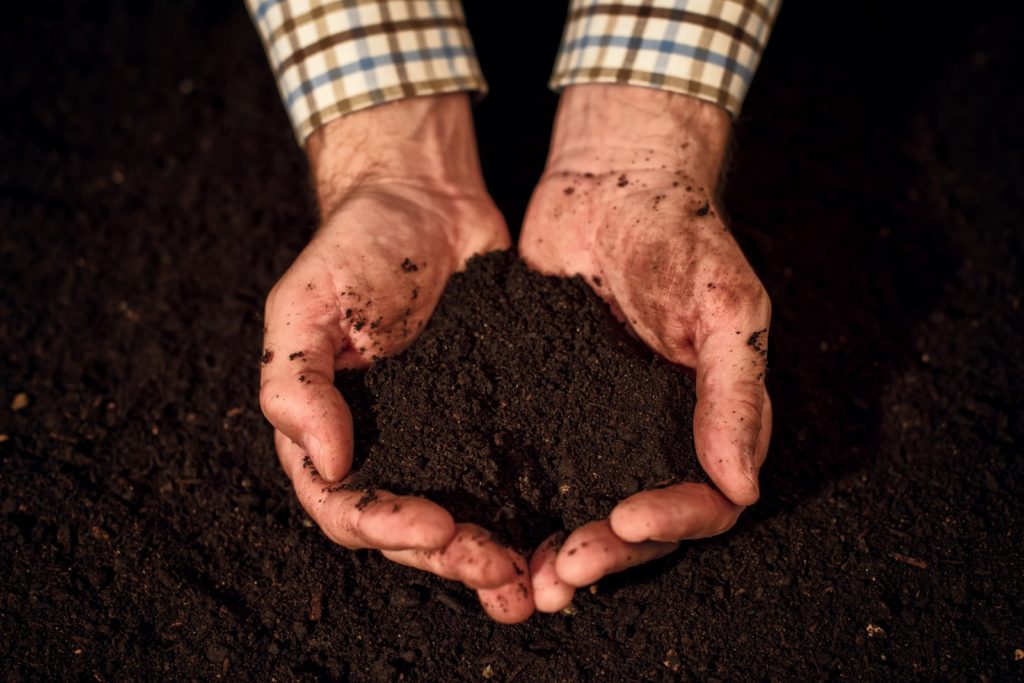- +31-624-845-535
- info@plabottles.eu
- in need of compostable packaging?
- Let's connect

LCA study of PLA including Food Waste.
(rapport: LCA study of PLA Packaging including Food Waste.
Ana Carolina Cruz Alarico – Chemical Engineering Department, Instituto Superior Tecnico, Lisbon, Portugal)
The pressing need, in recent decades, to reduce the emission of greenhouse gases into the atmosphere, and the amount of food waste destined for landfills, has led to the wide development of bio-based plastics produced from renewable sources. However, the most important bio-plastic on the market, used to manufacture food packaging, is the poly(lactic acid) (PLA) produced by Total-Corbion. The analysis presented in this dissertation, is a Life Cycle Assessment (LCA) study of packaging heavily contaminated with wet food residues, to determine the impact of packaging and food waste.
The aim of this work is twofold: first, to analyse what might be the best end-of-life (EOL) option for PLA food packaging with food content and second, to determine which life cycle stage has the biggest impact. Therefore, by using the LCA methodology, a LCA cradle-to-grave was conducted for all the different food packaging systems, taking into consideration as final scenarios composting, incineration, anaerobic digestion and landfill. The present assessment shows that, incineration is more favorable for food packaging with low moisture content (<70%), such as: coffee cups, yogurt cups, coffee capsules. Industrial composting is more favorable for food packaging with high moisture content, such as tea bag and cucumber. Anaerobic digestion is the best option for all systems but it is unfortunately technically challenging. Lastly, landfill, is the worse option, from a LCA perspective, because even though PLA will remain inert in landfills, food waste decomposes into harmful air emissions.
Let's change the world.Use plant-based plastic
Goal and Scope LCA study of PLA including Food Waste
The goal of this LCA is to quantify the environmental footprint of different PLA food packaging products including the food waste through a cradle-to-grave LCA, focusing on the end-of-life options. It includes different disposal alternatives, such as incineration with energy recovery, industrial composting, anaerobic digestion and landfill. The reference flow, called functional unit, is considered as 1 kg of PLA packaging including food waste from households, as the comparison unit in order to promote equivalence between the systems. The SimaPro software was used as a tool to facilitate the LCA implementation. The database used for background processes was Ecoinvent v3.3. The PLA inventory data were developed and collected by Total-Corbion from the core data for sugar cane milling, lactic acid and polymer production from their factory in Thailand.
System Description
This study assesses the life cycle of food packaging using single-serve products, from the extraction and processing of all raw materials to the end-of-life of the food matter and its packaging system. The five different systems were chosen on account of the fact that this project seeks to address a wide range of products with different moisture and organic contents. In the case of the coffee cup, it was modelled to represent the dry biodegradable packaging without food contamination.
The system boundaries identify the life cycle stages, processes, and flows considered in the LCA and should include all activities relevant to attaining the above-mentioned study objectives. All the systems covered the full packaging life cycle, including primary material production, transformation into polymer resin, packaging manufacturing as well as end-of-life treatment. The waste management alternatives assessed in the systems are anaerobic digestion, composting, incineration and landfill.



Conclusions LCA study of PLA including Food Waste.
For all three systems, the ranking observed never matches the ranking suggested by an interpretation of the EU waste hierarchy. This is mostly because composting impacts are higher than energy recovery by incineration. Unquestionably, landfilling is the worst waste management option for bio-waste. However, for the management of biodegradable waste diverted from landfills, there seems to be several environmentally favourable options. Incineration with energy recovery appears to be the best solution for coffee cups, yogurts cups and coffee capsules. For tea bags and cucumbers, incineration is not suitable due to the high amount of moisture content, and because of that composting is the best solution.
Taking the entire production chain into account, the LCA results show that the most significant impacts are related to the use phase, especially if a heating device is used, such as a kettle, coffee machine or refrigerator. Finally the influence of packaging disposal is very small in comparison with the rest of the life cycles.
Recovering the energy from bio-based packages is far more favourable than burning synthetic plastics because the carbon content of bio-based plastics does not stem from fossil sources. The bioplastics production for the replacement of a part of fossil-based plastics seems to be a real and effective strategy towards sustainable development. In fact, the displacing of conventional plastics with bioplastics can lead to considerable energy and GHGs emissions savings.
The AD of organic waste is clearly on the rise within the EU because its main advantages lies in converting organic waste into biogas, a renewable energy source. The next decade is likely to witness a considerable rise in research regarding anaerobic digestion of PLA.
Sensitivity analysis, show that some assumptions for several key input parameters are very important due to the uncertainty of all the input parameters.
